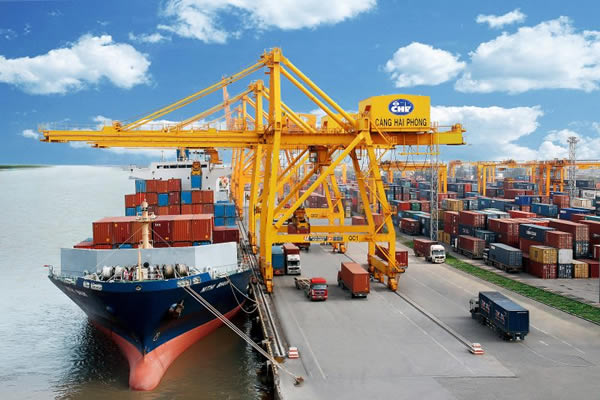The restructuring of the services sector would be hastened towards increasing the application of high technologies and artificial intelligence to improve competitiveness.

The Prime Minister has launched an initiative to restructure the services sector using advanced technology and artificial intelligence to improve competitiveness.
The project was approved by the Prime Minister on Wednesday.
The project will focus on developing key services such as finance and banking, logistics and transportation, information technology and communications, science and technology, education and training, healthcare, tourism and retail. The legal framework will be improved to encourage the development of high-quality services.
The project has set a growth target for the services sector of 7-7.5 per cent per year from 2021-25, from 6.6-7.1 per cent from 2016-20. The services sector will account for 43-44 per cent of the country’s gross domestic product (GDP) by 2025, from 42 per cent in 2020, under the plan.
The percentage of trained workers in the services sector will increase from 25 per cent in 2020 to 30-35 per cent by 2025.
For the finance and banking sector, Viet Nam has a target of promoting one or two banks into Asia’s 100 largest by assets. In addition, cashless payment will also be encouraged.
The Ministry of Finance will develop a finance strategy and submit it to the Government for approval before 2021. The State Bank of Viet Nam will be in charge of developing a decree about cashless payments this year.
The project also aims to turn the information and technology industry into a spearhead sector with rapid but sustainable growth, with high revenue and export value. Viet Nam will be capable of producing important IT, electronic and telecommunications equipment to serve the country’s socio-economic development, and create a foundation for the development of a knowledge-based, digital economy.
In the retail sector, the project targets lifting revenue from modern retail channels (shopping centres, supermarkets and convenience stores) from 30 per cent in 2020 to 38 per cent in 2025.
E-commerce is expected to increase 20 per cent per year and contribute around five per cent to total retail sales of goods and services.
The project targets that the retail sector will contribute 13.5 per cent of GDP by 2025.
Education and training will also be enhanced with at least 4.6 million people receiving training each year and 85 per cent achieving higher productivity and incomes after training.
Regarding the logistics and transportation sector, the project sets a goal of achieving a growth rate of 15-20 per cent per year, and for the sector to contribute 8-10 per cent of GDP. In addition, logistics costs will be reduced to 10-15 per cent of GDP from 25 per cent, driving the sector into the world’s top 50.
Viet Nam also aims to attract 32 million international tourists and 130 million domestic tourists by 2020, with the tourism sector contributing 10 per cent of GDP with total revenue of US$45 billion, creating six million jobs.
Focus will also be placed on improving healthcare services and applying advanced technology in treatment.
Policies to encourage the private sector to invest in healthcare services will be developed. — VNS
- Tags
- services sector
- Vietnam





